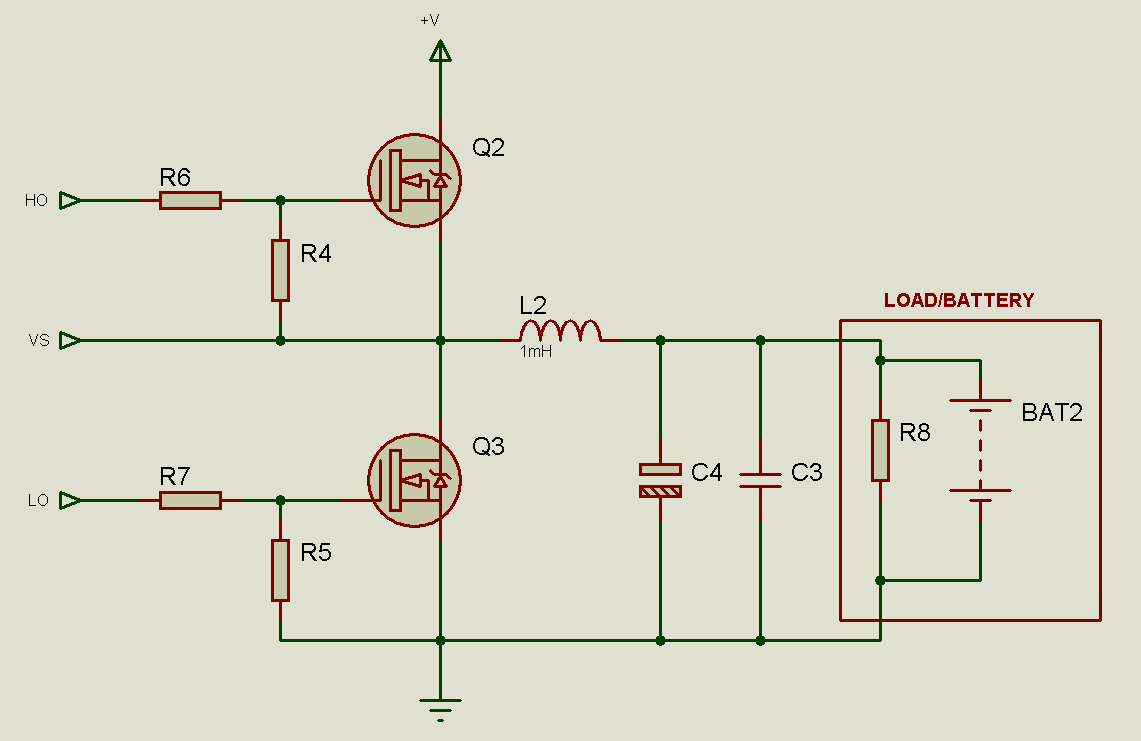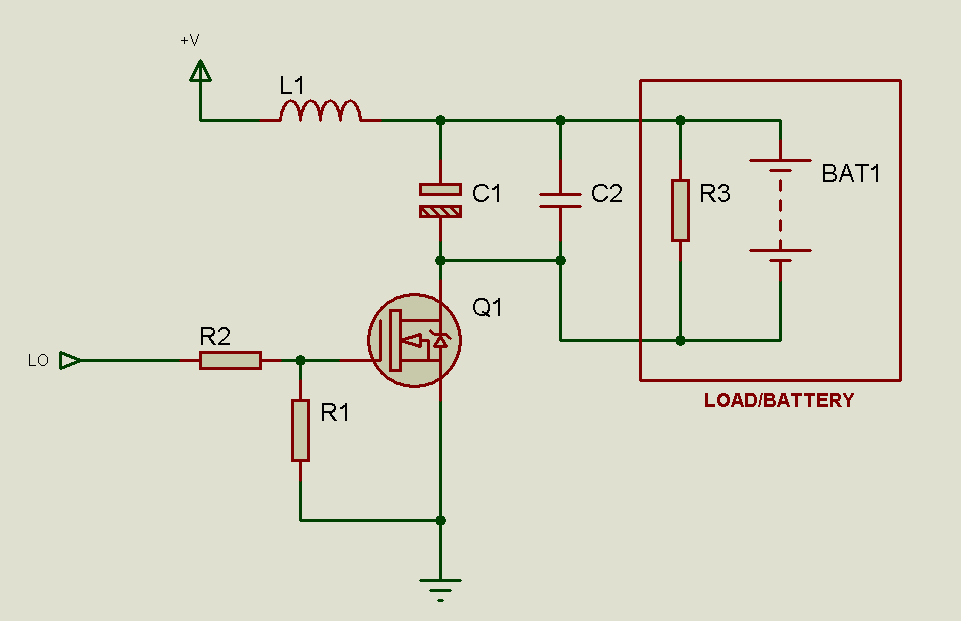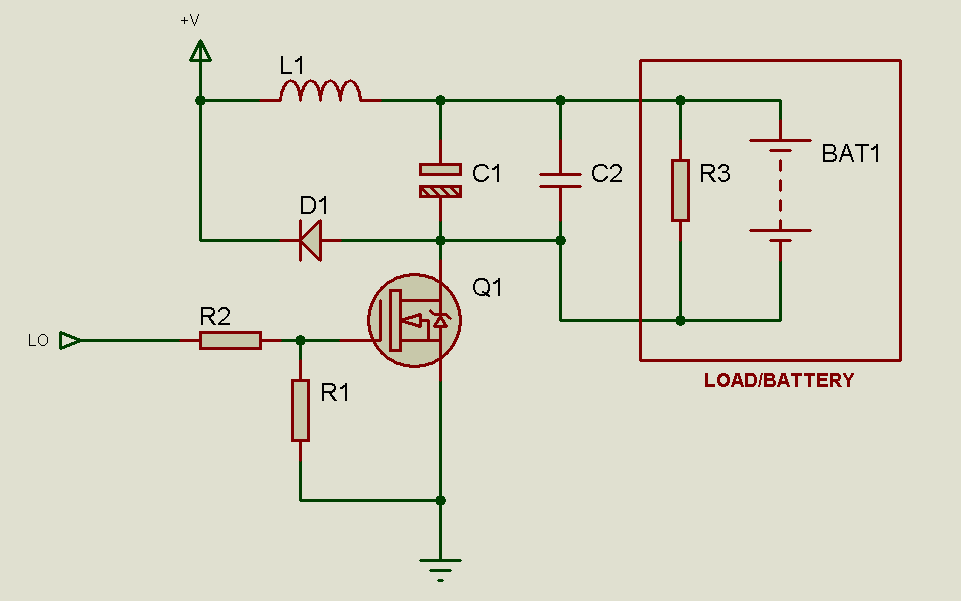Mizan.Bangladesh
Junior Member level 3
I want to drive a 15V / 20V Source from the mosfet drain with ir2110, My PWM freq=20KHz, i want to vary the voltage from 0 to 15V or 0 to 20V.
Please tell me which side Hin/Lin I have to use.
Also, i want to explain that I will use the output voltage of MOSFET to charge a 12V LED acid Battery with variable supply.
Please Response to me ....!!!
Thanks in Advanced...
Please tell me which side Hin/Lin I have to use.
Also, i want to explain that I will use the output voltage of MOSFET to charge a 12V LED acid Battery with variable supply.
Please Response to me ....!!!
Thanks in Advanced...
Last edited:



